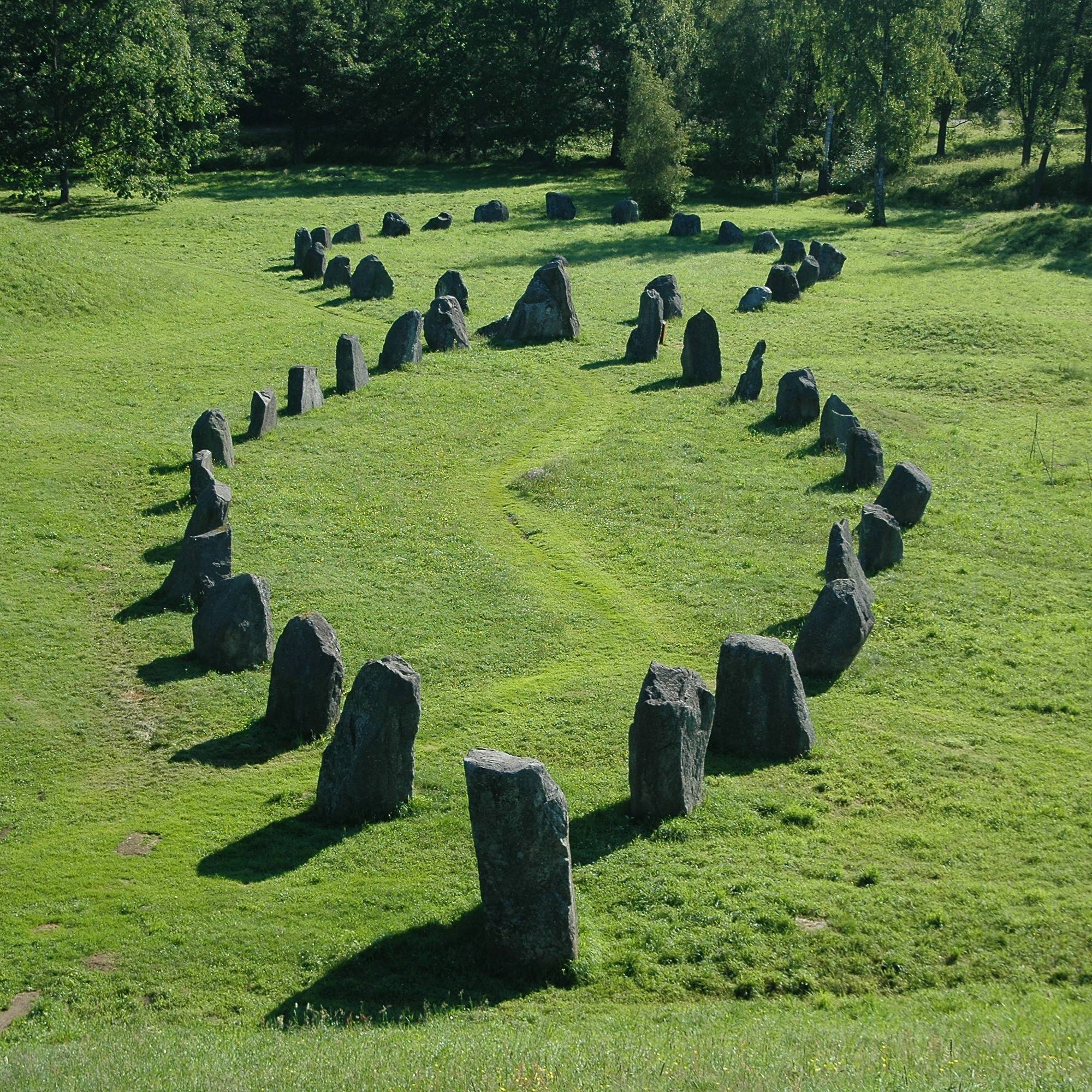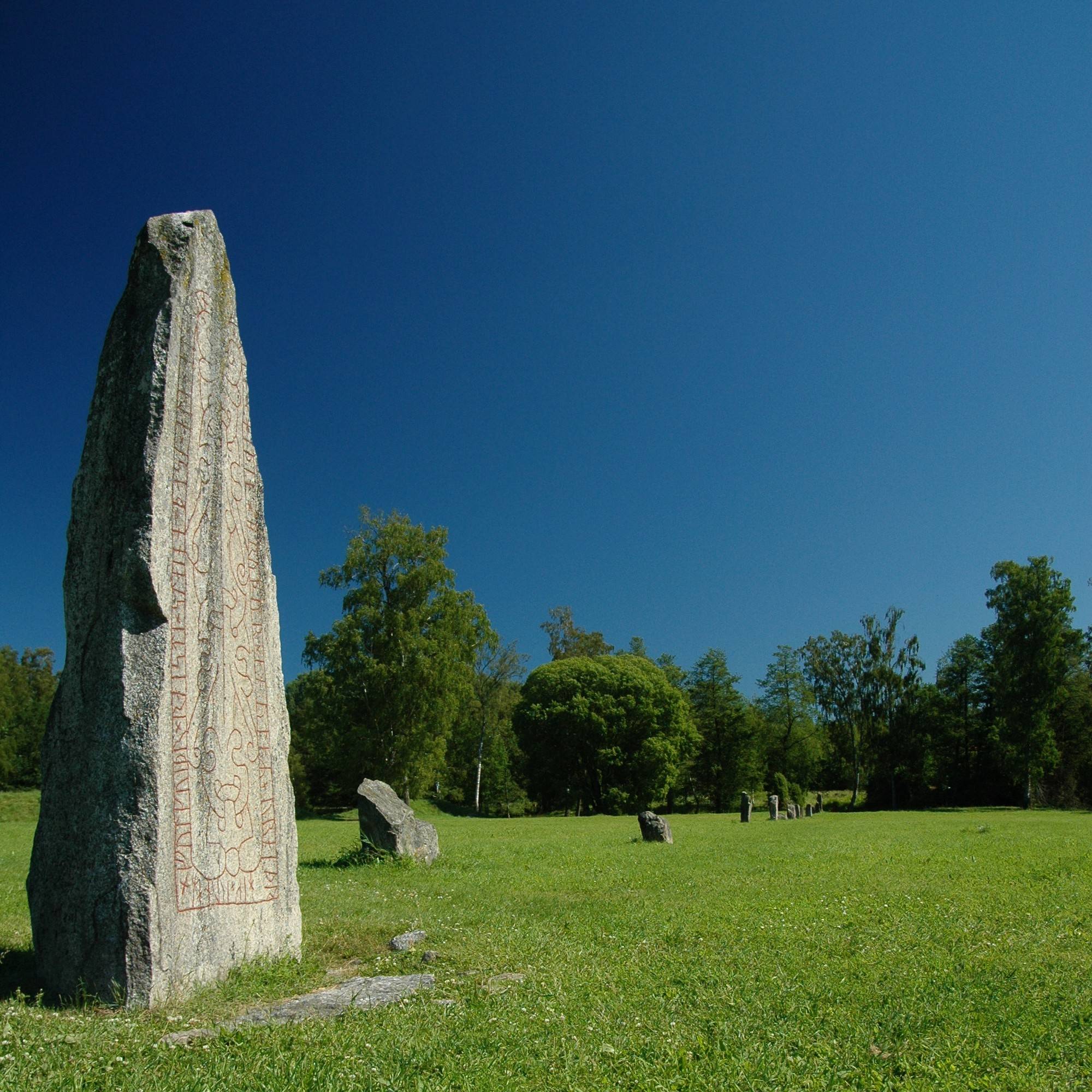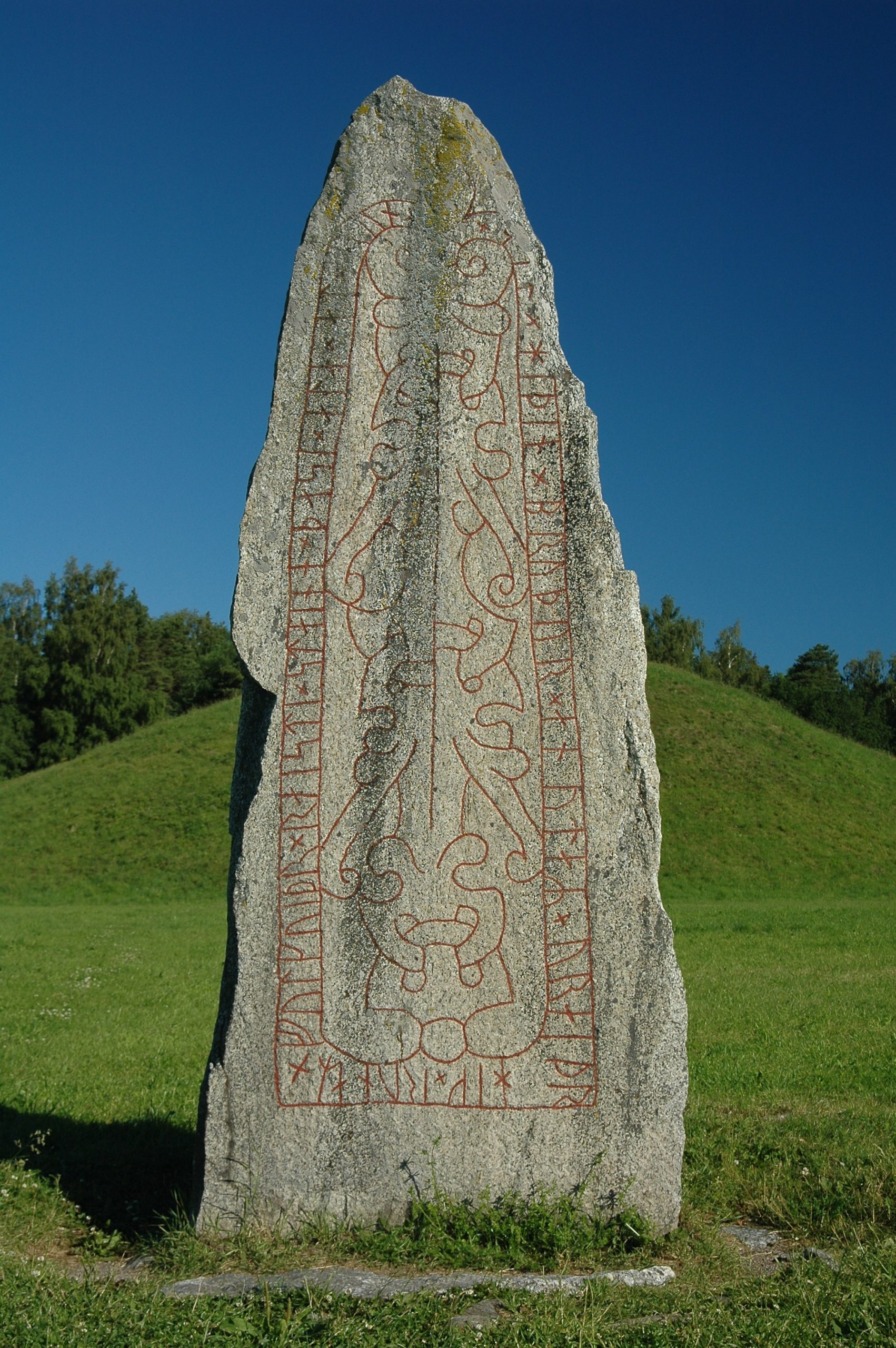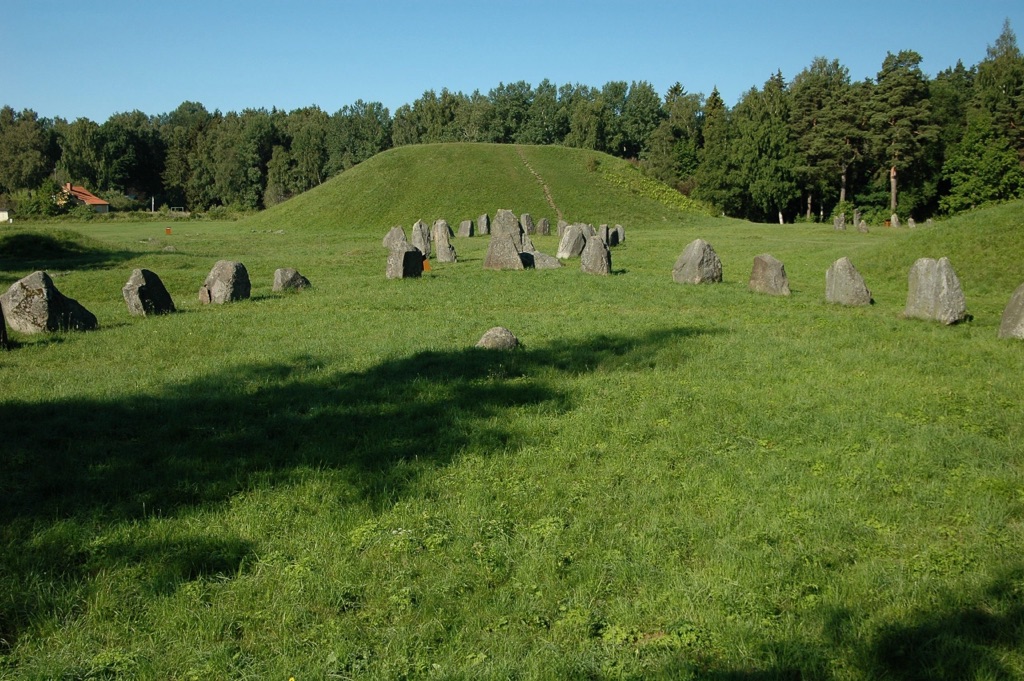Anundshög: Unveiling Sweden’s Largest Burial Mound
Introduction to Anundshög
Anundshög, located near Västerås in Västmanland, stands as the largest tumulus in Sweden. With a diameter of 60 meters and a height of approximately 9 meters, this monumental mound has captivated historians, archaeologists, and visitors alike. The origins of Anundshög have been debated, with assessments placing its construction between the Bronze Age and the late Iron Age. Radiocarbon dating of a fireplace beneath the mound suggests it was built sometime between AD 210 and 540.
Get your dose of History via Email
Historical Context and Speculations
The association of Anundshög with the legendary King Anund remains speculative among historians. The site’s name is believed to derive from a large runestone (Vs 13), which is part of a row of 15 stones alongside the mound. This runestone, re-erected in the 1960s, is thought to mark the route of the Eriksgata, an ancient road used by the kings of Svearike. The inscription on the runestone, attributed to Folkvid in memory of his son Heden and Anund’s brother, adds a layer of mystery to the site’s historical significance.

Archaeological Features and Findings
Adjacent to Anundshög are two large stone ships, placed end to end, measuring 51 and 54 meters in length. These ship settings, along with the mound, form a unique monument that underscores the site’s importance as a thing-place, a gathering area for legal assemblies. The surrounding area boasts a rich burial field with additional mounds, ship settings, and a variety of ancient relics, indicating Anundshög’s long-standing role as a hub for communication and ceremonial activities.
Excavations and Discoveries
The first archaeological investigation of Anundshög in 1998 revealed that the mound was constructed over older traces of activity areas or residences. By dating charcoal found in a hearth on site, researchers concluded that Anundshög was built after approximately AD 500 and before AD 1050. The mound’s structure, consisting of a clay base covered with a stone cairn and then turf and soil, suggests a complex construction process involving many participants.

The Grave Field at Badelundaåsen
The Badelunda area, encompassing Anundshög, is home to a vast number of Iron Age graves. Approximately 500 visible graves are located on the ridge between the church and the E18 highway, with potentially 2000 more graves hidden underground. This extensive grave field, including Anundshög and eleven other burial mounds, points to the area’s significance over generations for a prominent family or community.
Ceremonial Practices and Burial Customs
The burial mounds and stone settings at Anundshög and the surrounding area provide insights into the ceremonial practices and burial customs of the time. Fire pits found within these formations suggest that the deceased were prepared for the afterlife through various ceremonies, including the burning of the corpse along with grave goods. In some cases, the deceased’s boat was also burned, indicating the high status of the individual.

Conclusion
Anundshög stands as a testament to Sweden’s rich historical and cultural heritage. Its size, archaeological features, and the mysteries surrounding its origins continue to fascinate and inspire further research. As part of a larger burial ground, Anundshög not only reflects the burial customs and ceremonial practices of its time but also serves as a reminder of the complex social and political structures that once governed the lives of those who built and used this monumental site.

